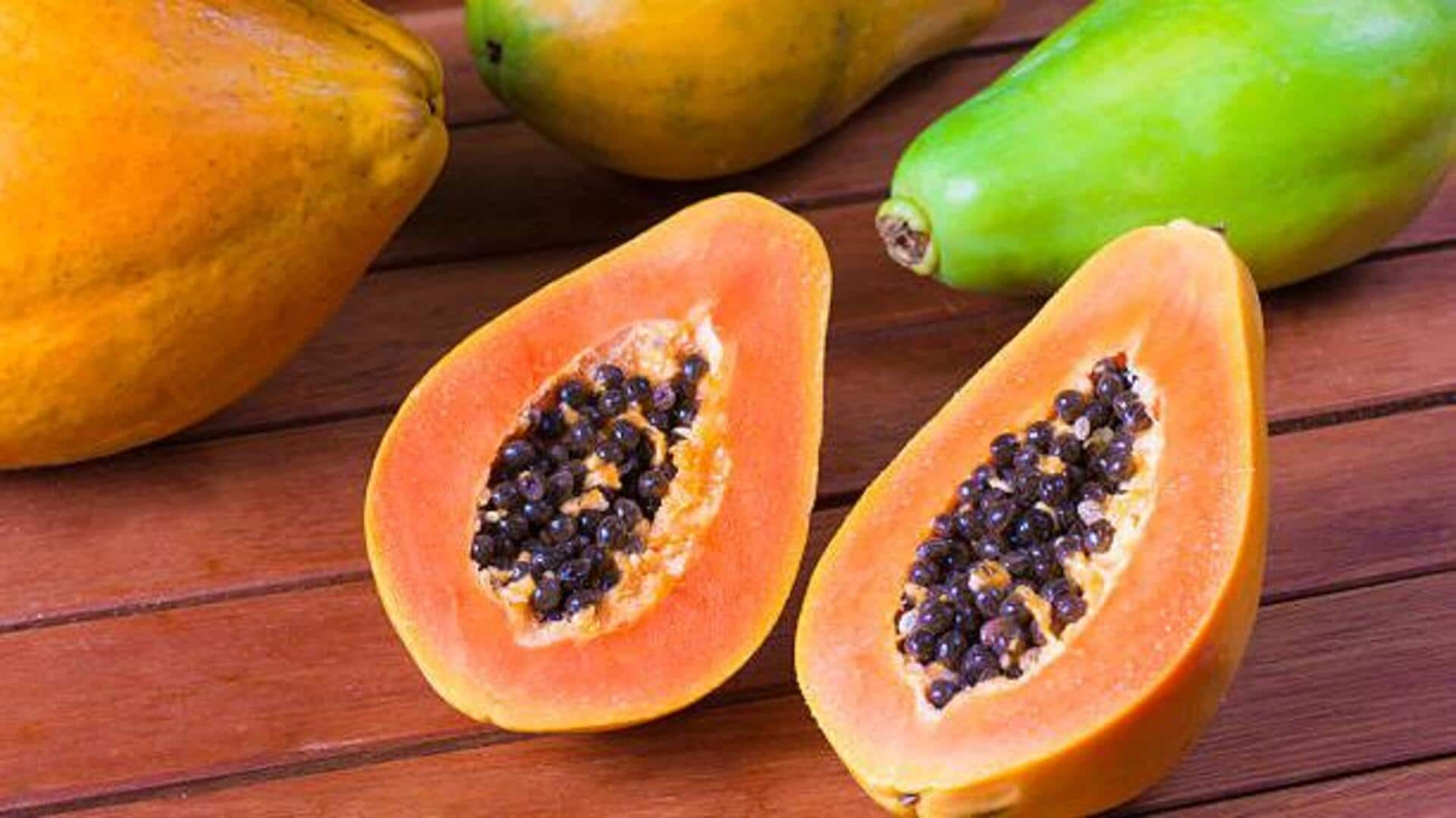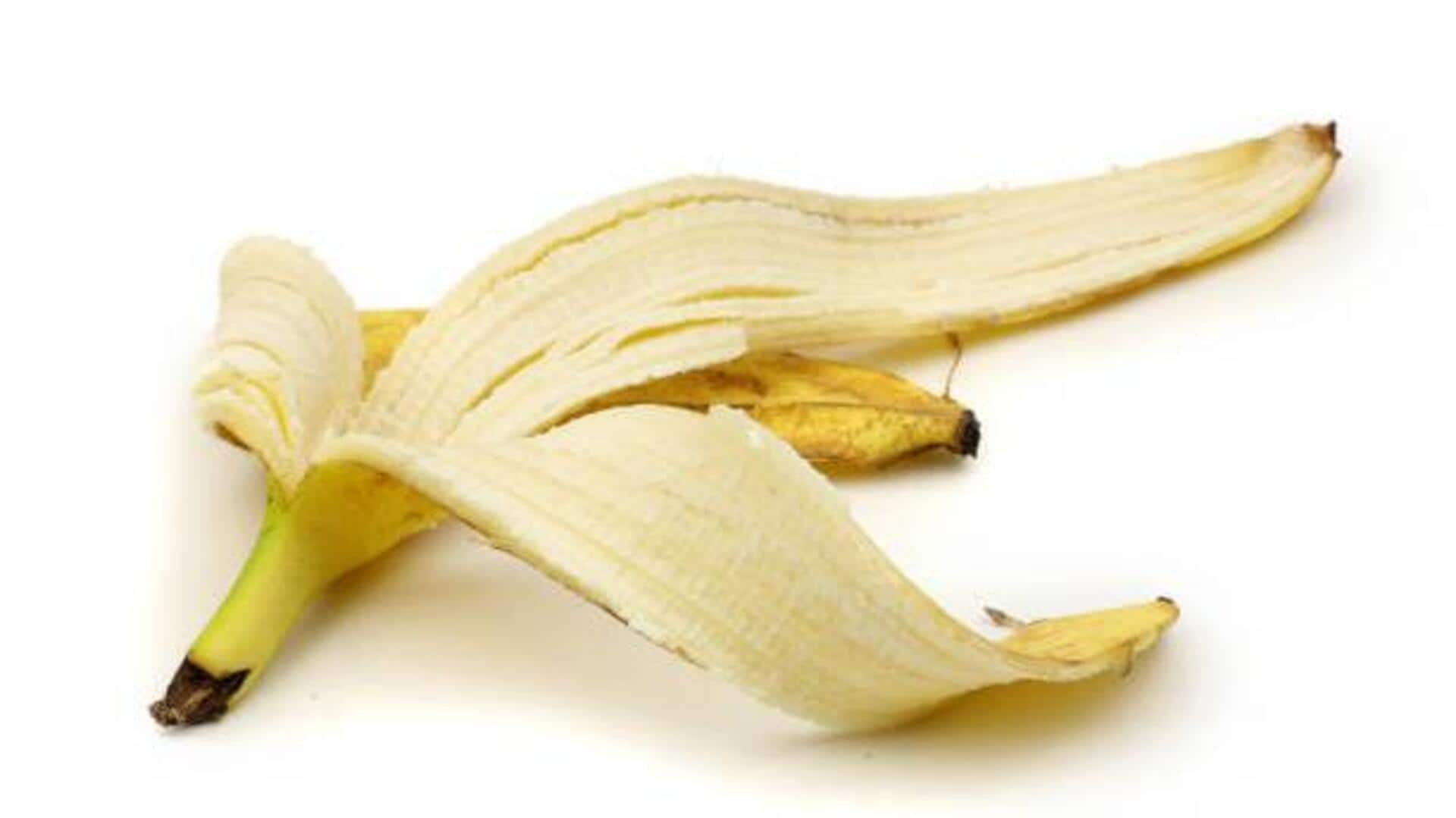Transform your kitchen into a sustainable haven! Reduce waste, save money, and protect the planet with these 5 simple steps!
Simple Steps to Create a Sustainable Kitchen – Reduce Waste and Save Money!

Transform
your kitchen sustainably with 5 easy steps
In today's world, where 'save the planet' and 'eco-friendly' are the buzzwords, starting at home is the best way forward. And where better to begin than the heart of your home – the kitchen!

A sustainable kitchen ain't just about bragging rights; it's about adopting habits that are good for Mother Earth, your wallet, and your well-being. Believe it or not, even small changes can make a big difference.
So, ditch the guilt of overflowing bins and get ready to transform your kitchen into a haven of sustainability with these five simple steps!
Food waste is a global issue starting in our kitchens, but we can reduce it by planning meals, proper storage, and composting
Food waste is a massive problem globally, and a hefty chunk of it originates right in our kitchens. Think about it: the wilting spinach forgotten at the back of the fridge, the leftover dal that ends up in the bin, the half-eaten apple that mysteriously disappears.
All that adds up to wasted money and wasted resources. But don't fret, becoming a food waste warrior is easier than you think! Plan your meals beforehand. Before heading to the sabji market or your friendly neighborhood kirana store, take a good look at what you already have.
Create a list of meals you can whip up using those ingredients, and then only buy what you need to complete those dishes. This simple habit prevents impulse buys and ensures you're using up what's on hand. Proper food storage is your secret weapon.
Learn the art of keeping your edibles fresh for longer. Store leafy greens in airtight containers with a paper towel to absorb excess moisture. Keep fruits like bananas separate from other fruits to prevent early ripening.
Use clear containers to store leftovers so you can easily see what's available. Rotate your stock. Adopt the 'first in, first out' rule. Place older items at the front of your fridge and pantry, so you're more likely to use them before they expire. Get creative with leftovers.
Leftover rice can be transformed into delicious fried rice, leftover vegetables can be added to soups or stews, and stale bread can be used to make yummy breadcrumbs. Give your culinary creativity a workout and see what magic you can conjure up. Embrace composting.
Composting is a fantastic way to turn food scraps into nutrient-rich fertilizer for your garden. Vegetable peels, fruit cores, coffee grounds, and tea bags can all be composted. If you don't have a garden, you can still compost indoors using a vermicomposting system (worms!).
Start small, be consistent, and watch your food waste drastically reduce.
Embrace reusables in your kitchen to reduce single-use plastics and disposables
Our kitchens are often filled with single-use plastics and disposables – from plastic bags and cling wrap to paper towels and disposable containers. These items contribute to landfill waste and can take hundreds of years to decompose. But there's a simple solution: embrace reusables!

Here’s how you can make the switch. Say goodbye to plastic bags. Invest in a set of sturdy reusable shopping bags in different sizes. Keep them in your car or near the door so you don't forget them when you go shopping.
Opt for reusable produce bags too, to avoid using the flimsy plastic bags at the store. Replace cling wrap with beeswax wraps. Beeswax wraps are a natural and reusable alternative to plastic cling wrap. They're made from cotton fabric coated with beeswax, tree resin, and jojoba oil.
You can use them to wrap fruits, vegetables, cheese, and leftovers. They’re washable and can be reused for months. Ditch paper towels for reusable cloths. Paper towels are convenient, but they're also wasteful. Replace them with a set of reusable kitchen cloths made from cotton or microfiber.
You can use them for wiping spills, cleaning surfaces, and drying dishes. Simply wash them after use, and they're ready to go again. Invest in reusable food containers. Instead of relying on disposable plastic containers, invest in a set of reusable glass or stainless-steel containers.
They're durable, easy to clean, and safe for storing food. Bring your own containers when you eat out to avoid taking home leftovers in plastic containers. Switch to reusable water bottles and coffee cups. Hydration is key, but disposable plastic water bottles are a major source of pollution.
Invest in a reusable water bottle that you can refill throughout the day. Similarly, bring your own reusable coffee cup to your local coffee shop to avoid using disposable cups.
Switch to eco-friendly cleaning products for a healthier home and planet
Conventional cleaning products are often packed with harsh chemicals that can be harmful to both your health and the environment. Luckily, there are plenty of eco-friendly alternatives that are just as effective, if not more so.
Look for cleaning products labeled as 'environmentally friendly,' 'non-toxic,' or 'biodegradable.' These products are made with plant-based ingredients and are free from harsh chemicals like phosphates, chlorine, and ammonia.
You can find eco-friendly dish soap, all-purpose cleaners, and laundry detergents at most supermarkets and online retailers. Make your own cleaning solutions. You don't need to buy expensive cleaning products to keep your kitchen clean.
You can easily make your own cleaning solutions using simple ingredients like vinegar, baking soda, lemon juice, and essential oils. Vinegar is a great all-purpose cleaner and disinfectant. Baking soda is a natural deodorizer and abrasive cleaner.
Lemon juice is a natural degreaser and disinfectant. Essential oils can add a pleasant scent to your cleaning solutions. Use reusable cleaning tools. Instead of disposable sponges and cleaning wipes, opt for reusable cleaning tools like microfiber cloths, scrub brushes, and mops.
These tools are durable and can be washed and reused multiple times. Avoid using disposable cleaning wipes, which contribute to landfill waste. Dispose of cleaning products responsibly.
When you need to dispose of empty cleaning product bottles or leftover cleaning solutions, be sure to do so responsibly. Follow the instructions on the product label for proper disposal. Avoid pouring cleaning products down the drain, as they can contaminate the water supply.
Cook efficiently to save energy and money in the kitchen
Your cooking habits can have a significant impact on your kitchen's energy consumption. By adopting a few energy-saving techniques, you can reduce your carbon footprint and save money on your electricity bill. Use the right size burner.

When cooking on the stovetop, use a burner that is the same size as the pot or pan you're using. Using a burner that is too large wastes energy. Cover your pots and pans. Covering your pots and pans while cooking helps to trap heat and reduce cooking time.
Use a lid whenever possible to save energy. Use a pressure cooker. A pressure cooker can cook food much faster than traditional cooking methods, saving you time and energy. Pressure cookers are especially useful for cooking beans, lentils, and tough cuts of meat. Defrost food properly.
Defrosting food in the refrigerator is the safest and most energy-efficient method. Avoid defrosting food in the microwave or on the countertop, as this can create an environment for bacteria to grow. Use small appliances wisely.
Small appliances like toasters, blenders, and food processors consume less energy than your oven or stovetop. Use them whenever possible to save energy.
Growing herbs and vegetables at home is rewarding and sustainable
Growing your own herbs and vegetables is a fantastic way to reduce your reliance on store-bought produce and connect with nature. Even if you don't have a large garden, you can still grow herbs and vegetables in containers on your balcony or windowsill.
Start small with easy-to-grow herbs like basil, mint, and parsley. These herbs can be grown in small pots and require minimal care. Grow vegetables in containers. Tomatoes, peppers, eggplants, and leafy greens can all be grown in containers.
Choose containers that are large enough to accommodate the mature size of the plants. Use organic soil and fertilizer. To ensure your herbs and vegetables are healthy and free from harmful chemicals, use organic soil and fertilizer. Compost is a great natural fertilizer for your plants.
Water your plants regularly. Water your plants regularly, especially during hot weather. Check the soil moisture before watering to avoid overwatering. Harvest your crops regularly. Harvest your herbs and vegetables regularly to encourage new growth.
Enjoy the fresh flavors of your homegrown produce!
Transform your kitchen sustainably in 5 steps for a greener lifestyle
By taking these five simple steps, you can transform your kitchen into a sustainable haven that reduces waste, saves money, and helps protect the environment. Remember, every small change makes a difference. So, start today and embrace a more sustainable way of living!

You will be doing your bit for mother earth and also setting a great example for your family. Its a win win. Now go ahead and give your kitchen a sustainable makeover!











